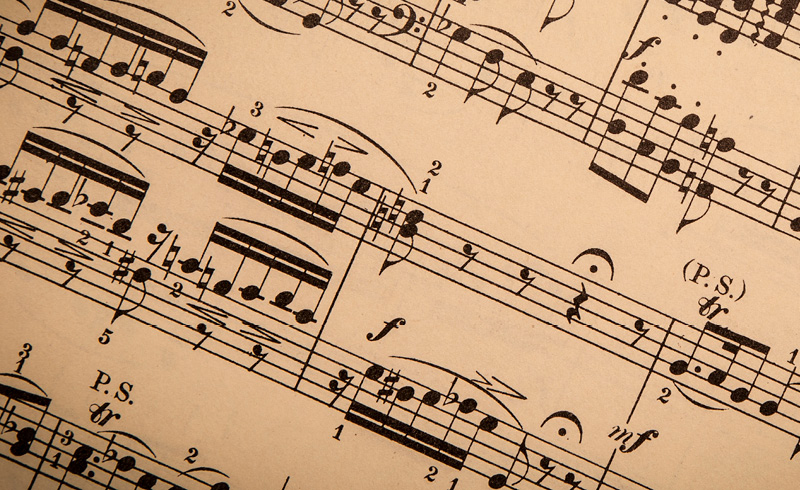
January 9, 2013
Connecting the dots: “Do Mode” verses “Think Mode”

Studying an instrument is a complicated task, as it requires you to be able to do and to think. You must bounce back and forth between the two constantly. Having judged a high school concerto competition for the Houston Symphony recently, I am reminded that there is a strangely illusive combination of artistic sensibility and solid technique that is fascinating to watch develop in young musicians.
From my perspective a musician that only works in “do mode” is one that is technically proficient, but lacks an emotional connection to the piece. A musician stuck in “think mode” has many thoughts about how the piece should go, understands the emotional intent of the composer, but doesn’t generally have the technique to express his/her thoughts.
Back to this recent competition, let me share two examples…
First, imagine musician “x” walking on stage. You can tell a lot by the way a person enters. This is usually a leading indicator of how things will go over the next 20 minutes. (I know that’s technically profiling, but it works!) Musician “x” arrives with poise and confidence. The other two judges and I sit up and take notice. He begins to play and a curious sense of confusion overwhelms us. On the one hand the tempo is completely wrong. It is slower than the “normal” degree of variation. On the other hand, there is a clear sense of gesture and phrasing that is natural, artistic and compelling. This young musician obviously has a connection to the music he is making. His right brain is functioning perfectly! The challenge is that he has not yet built the technique to be able to present his ideas. Somehow, at the ripe old age of 17, he is able to tap into his inner voice. The discipline of learning the technique still eludes him, however.
Now imagine the opposite. Musician “y” enters the stage. His head is lowered, back is curved, and quite frankly he looks like the last place on earth he wants to be is the center of that stage! After a painfully long tuning session, he begins to play. With low expectations set, I was fascinated as he began to play. He had the technique to pull off a complicated concerto that many twice his age would not attempt. The challenge for him started at the first moment a natural breath was required in the music. It never occurred. This was a musician that was predominately left brained in his playing. There was no indication that he felt any emotional connection to the music whatsoever. His playing was proficient, and compared to musician “x” his technique was much more advanced. The missing link was the human component. He could not yet tap into his 17-year-old psyche and really make music.
The challenges that musicians “x” and “y” face are at the core of being a musician. A convincing musician must have the technique to express himself, but also an authentic connection to his/her soul. What is intriguing is that we all arrive at this combination from a different perspective and at a different time in our lives. It is extraordinary when we see this combination in a fully mature artist, much less a talented high school musician. Music is not a one size fits all endeavor. Each of us has something to learn from the process. Perhaps this, more than anything else, provides us with an answer as to why it is so important to participate in music. What we “do” and what we “think” should be interactive. To be successful in the arts an authentic marriage of the two is essential.
From Robert Franz’s blog Building Bridges with Music. CLICK HERE to read more of his posts.






